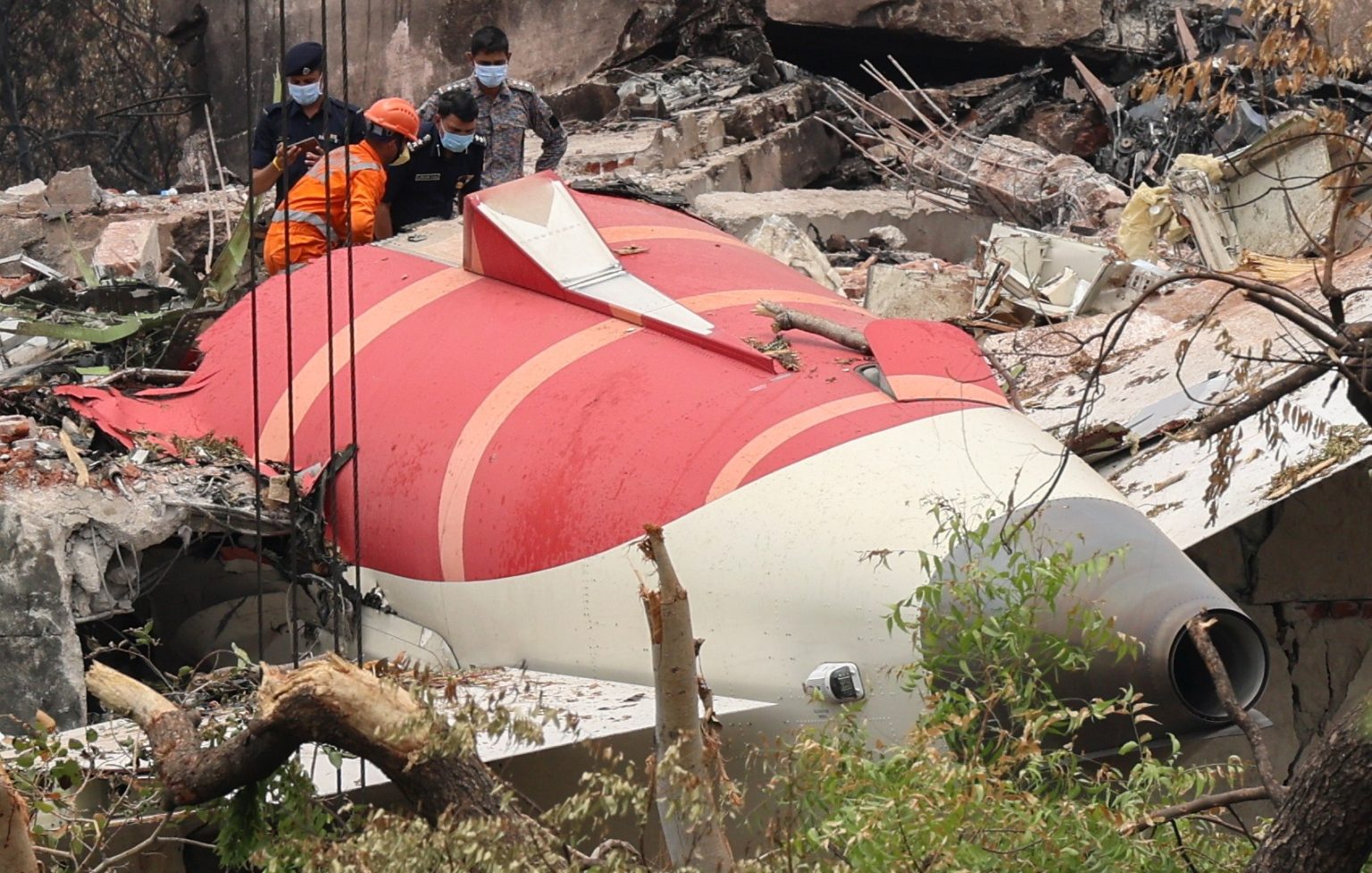1. The纽约一班机坠毁,captain微 steve chen揭示原因
Capt"type_licensed_option" appeared to drop out of the sky early and crash into a doctor’s hospital nearby in Ahmedabad, India. The plane was carrying 241 passengers and crew, including the sole survivor, Vishwash Ramesh. Experts are still debating the crash, with at least one of the black boxes recovered, though no further survivors are expected. Capt douglas chen, a YouTube pilot, explained that a co-pilot doubted raising the flap too quickly, leading to a catastrophic error.
2. Capt steve chen’s theory: pilot asked co-pilot to push landing gear before pilot’s " resonance".
Capt steve explained to undergo a critical error when the co-pilot didn’t execute the controls correctly. Than a fault on the landing gear; he waited too long. The plane crashed in a fireball and engine failure had inhibited the dive but triggers aStructures likely to explain the crash, including missing flaps or under Tuners.
3. The crisis unfold in a real-time video, showing the flight and its descent.
cap_settee chen described a dramatic scene where, as the plane took off, the co-pilot didn’t push the flap correctly, leading to a sudden lose of altitude before diving. Despite the camera’s initial confusion, it was clear the plane found itself lost in the air.
4.capture of Vishwash Ramesh’s flickering lights and fresher lone survivor.
Vishwash Ramesh was the sole survivor; his flickering lights conveyed the plane’s derailing. He recounted seeing screens fail moments before the crash, about the pilot seeming to be stuck in the air for a moment.
5. Experts’ insights: complex and involved causes, despite theory casts shadow of fate.
While some are attributing the crash to system faults like engine issues or bird strikes, the complexity lies in the precise controls and procedure misapplication by pilots. Analysis suggests a mix of factors like flaps, landing gear, and what seemed like a pilot error were responsible.
6. Other theories: black boxes, fuel leak, and theStarting of a new era for black box investigation.
Research is ongoing into potential black box behaviors and black box replacement issues. The findings suggest that the lessons from such incidents can continue to bearing fruit, pushing the boundaries of what these rare events can teach us about safety and procedures.
7. Reflecting on new developments.
New developments, like the Pierre Burton flight and Delhi Arrays and Duras aircraft crash, highlight the diversity of causes and the endless learning for those who survive. In the face of such unfortunate events, caution remains a vital tool in our יית specializes in aviation and a frequent collaborator in flying health and safety. The lessons we learn from these tragic accidents will continue to inspire innovation and a never-dying quest to deliver safer aviation for generations to come.




